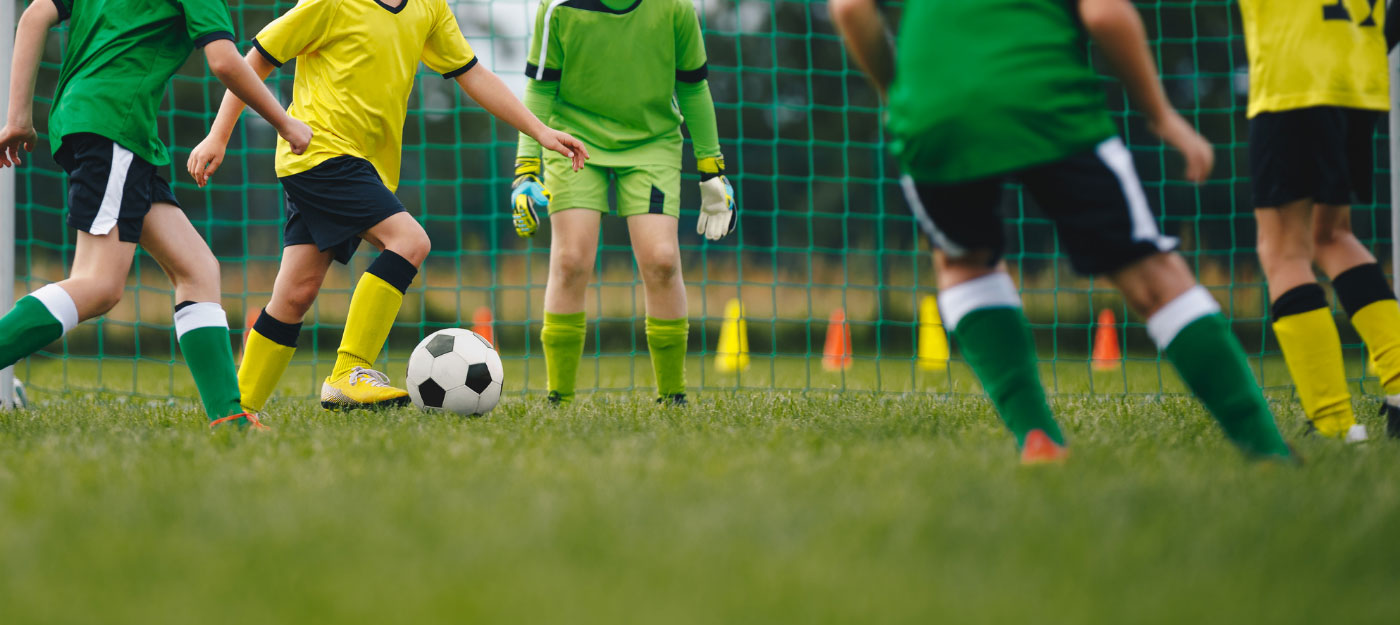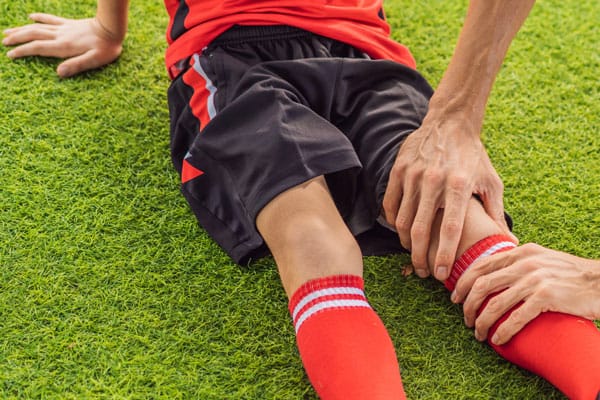
Developing Young Athletes
When Rafe Gooding sees ‘Animal Flow Warm-Up’ on his gym program, he knows exactly what to do and why he should do it.
The 14-year-old surfer from Barbados follows the lead of his mother, Chanda Gooding, who became a Certified Instructor in 2020. Chanda began coaching Crossfit to kids about seven years ago after identifying that there was a need to offer something that wasn’t focused entirely on sports specialization. It was certainly a trial by fire.
“I learned so much from coaching those kids,” Chanda said. “I would go in with a plan and I would have to throw it out the window. I tried to control it for the first couple of weeks but I realised that they would tell me what they wanted to do. I learned really early that I had to allow them to share their ideas.”
Chanda brought on an intern to work with the youngest kids, allowing her to focus on older kids and youth sports teams. A few years later, after finding Animal Flow by chance on Instagram, Chanda began exploring the program and saw immense potential for it in Barbados.
“I had learned the ABCs (Ape, Beast and Crab) of Animal Flow and began integrating them in training,” said Chanda. “It was obvious to me that there is a really big need for this kind of movement. Not everyone can sit quietly and do yoga or a mobility WOD, but there’s definitely a place for this.”
Turning lockdown lemons into lemonade, Chanda took the opportunity presented by the global pandemic to take the Animal Flow Level 1 workshop online with program creator, Mike Fitch. With lockdown restrictions in Barbados limiting access to gyms and schools, Chanda connected with local parents and began offering AF classes to youth athletes.

Rafe Gooding (back row, second from left) with fellow Animal Flow classmates.
“Our kids had been sitting at home, staring at screens for almost two years by this point, and I just wanted to offer them something new,” she explained.
“The youngest I train is 12 and the oldest is 16. I’ve got surfers, tennis players and a dancer. One or two of them were there because they were made to come, but they actually really enjoyed the social aspect. They also said it was challenging but it was still fun.
“They all keep me on my toes because I have to make sure that it’s fun for them and that they’re working hard as well. I’m dealing with athletes so they really enjoy some competition and they want to know that it will benefit them. Some of them will ask me, ‘Will I get strong by doing this?’”
Why youth athletes need to develop a general foundation
For Rafe, the benefit to his surfing, in particular, has been obvious.
“I sometimes get really tight from all the sports I play, especially in my hips,” said Rafe. “Animal Flow helps my whole body loosen up.”
While loose hips might be a standout gain of Rafe’s Animal Flow practice, there’s a lot more going on than meets the eye.
According to Stanford Children’s Health, more than 3.5 million sports-related injuries are sustained by kids under 14 in the US each year. It’s an interesting paradox that sports injuries are considered to be the largest source of injury in kids yet their health depends on participation. Its thought that injured kids lead to less sports participation, higher obesity rates and associated all-cause morbidity. Simply put, we need kids to do more of the very thing that puts them at risk but we need to be smarter about how we go about that.

One of the significant challenges with a ‘sport = healthy kids’ mentality is that early specialization (where kids focus on extensive sport-specific training) tends to create muscular imbalances through repetitive patterns. This has been shown to have negative effects on mobility which, in turn, may lead to poor performance later in their sports career.
Adding neuromuscular training into kids’ programs
Research suggests that neuromuscular training (NMT) should be a fundamental part of any training program for kids. Varied NMT programs that incorporate mobility, balance, agility and strength have been shown to reduce the incidence of injury across a range of sports.
NMT is understood to increase key nervous system and muscular system adaptations that develop through childhood. The enhancement of these systems leads to better motor control, or regulation of movement. This is believed to be particularly beneficial during the pre-teen years, due the high neural plasticity evident at this stage of life.
So what does that all mean? Poor movement quality is considered to be a primary risk-factor for injury so improving motor control is a key prevention strategy.
Even as little as 10-15 mins, two to three times a week, to a weekly duration of 30-60 mins is understood to be optimal for injury prevention.
Fundamental Movement Skills
Exposing kids and teens to bodyweight training programs that emphasize mobility, strength, balance and agility is one of the best ways to prepare their bodies for a wide range of demands. This is possible through a focus on Fundamental Movement Skills–integrated movements that involve two or more segments of the body.
Neuromuscular, or ‘movement’, training is the foundation for healthy, young bodies to stay injury-free and become competent across a range of physical abilities.
Chanda has certainly seen anecdotal evidence of that.
“I noticed, when we first started Animal Flow sessions, the kids’ reaction time was slow,” said Chanda. “As time went by, everything started to improve. Their mind-body connection, thinking, acting and reacting, moving faster–it all just improved so much.
“What I also love is that when they’re in the session, they can’t focus on anything else. I noticed recently that they were picking up the language really quickly, too. They were in Loaded Beast position with their heads down, but they were easily able to follow along. I think that Animal Flow can do so much for youth athletes; it’s great for them physically, of course, but also socially and mentally, too.”
Families who Flow together, grow together. Read Flowing with the Family and find out about the importance of physical activity role models for kids.
